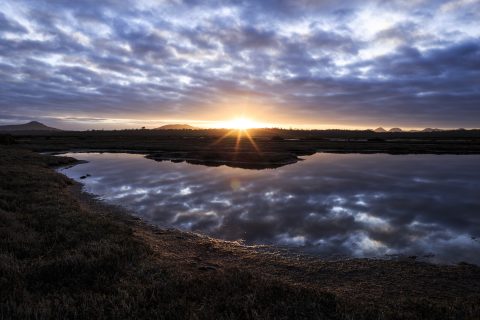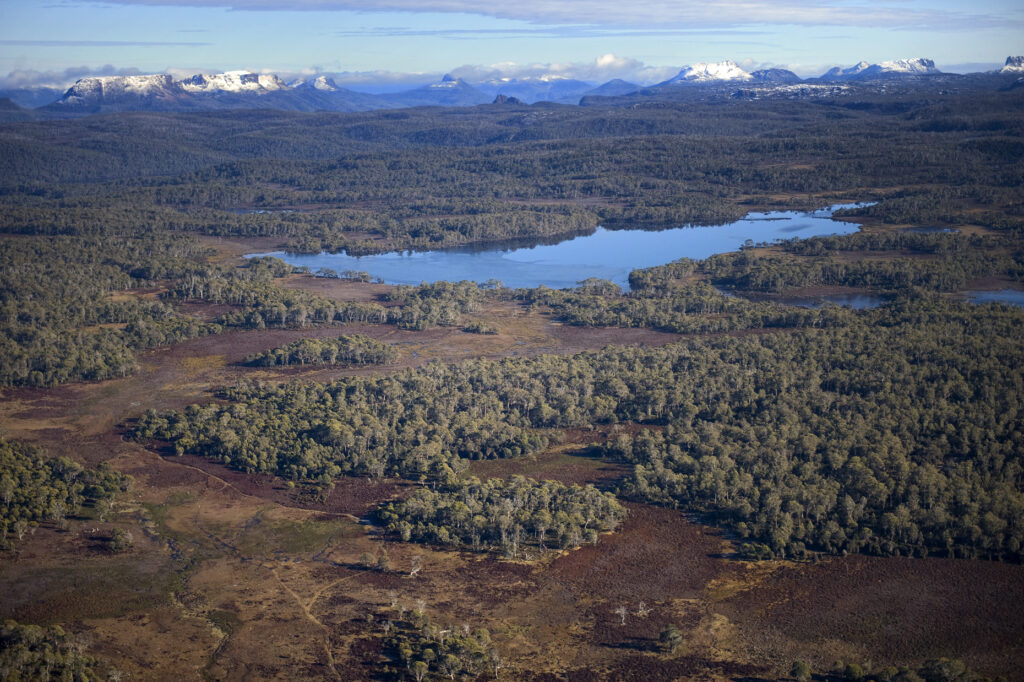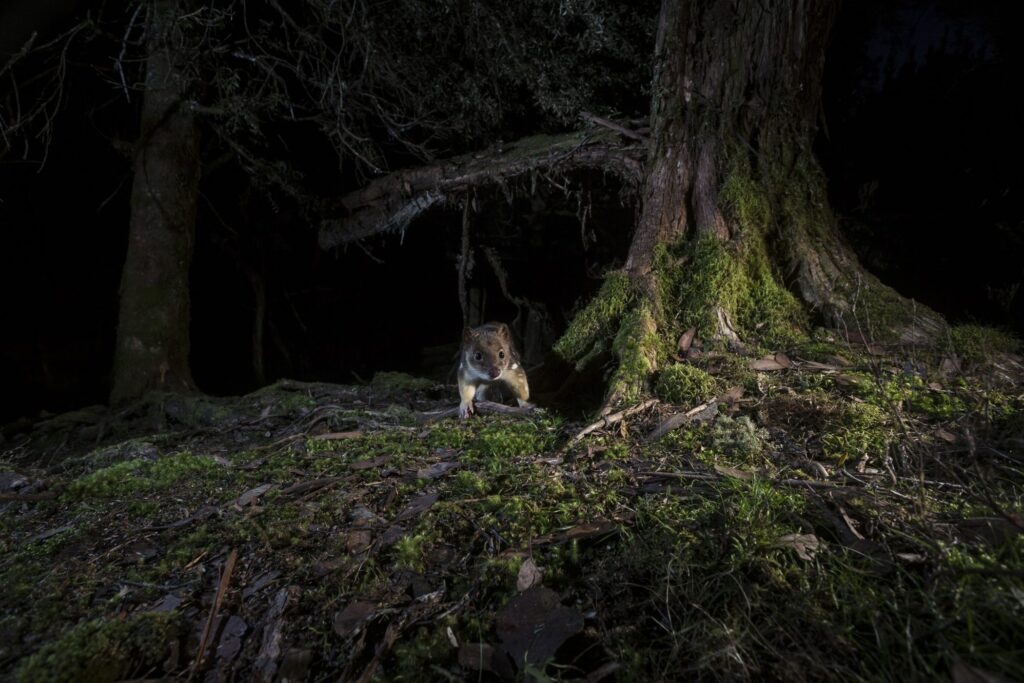The TLC’s Bird Conservation Fund combines evidence-based research and ecological monitoring with direct management actions ensuring effective and long-term conservation of our birds for generations to come.
We are so lucky in Tasmania, with most of our 200 or so bird species found within a few kilometres of where we live. In fact, Tasmania is a bird haven with over 40 Important Bird and Biodiversity Areas globally recognised as sites of conservation significance. With 12 species endemic to Tasmania, our birds are more than just feathered beauties; their diversity, uniqueness and role they play in our environment are intrinsic to the ecology of this remarkable island.
“How often we hear that a species is ‘common and widespread’ as though it is unimportant or has no value. But what we call common today was probably far more common fifty years ago; our benchmark has shifted and so have our birds.”
Dr Sally Bryant
The Tasmanian Land Conservancy’s (TLC) Bird Conservation Fund combines evidence-based research and ecological monitoring with on-ground actions, delivered through a sustainable funding model, to help conserve our birds and their habitats for generations to come.
The presence and patterns of birds in the environment has long helped inform our understanding of the landscape. Whether it be migratory shorebirds, seabirds, raptors or woodland birds, the presence or absence of certain species can tell us so much about the health of our environment. Research shows that many bird species are declining across Australia, and Tasmania is no exception.
OUR RESERVES
Research shows that many bird species are declining across Australia, and Tasmania is no exception (State of Australia’s Birds Report, 2015). With over 40 Tasmanian species listed as threatened, these declines are not limited to our endangered species but also occur in our most common and widespread species due to threats like habitat loss, invasive pests and climate change. Four bird species have already become extinct, with others at risk.
The TLC is committed to protecting critical habitats for Tasmania’s bird life, especially endemic and declining species. By establishing reserves like Egg Islands, Long Point, Lutregala Marsh and The Big Punchbowl, we are protecting habitat for threatened species like the Australasian bittern, swift parrot and numerous breeding shorebirds. At Recherché Bay and Five Rivers reserves, we manage a number of active eagle nests and habitat for forest species such as the masked owl and grey goshawk, while the Panatana Reserve serves as a secure nature bank for bird diversity recognising the importance of protecting ecologically intact bird communities while they still exist.
But habitat protection is just the start of our conservation journey.
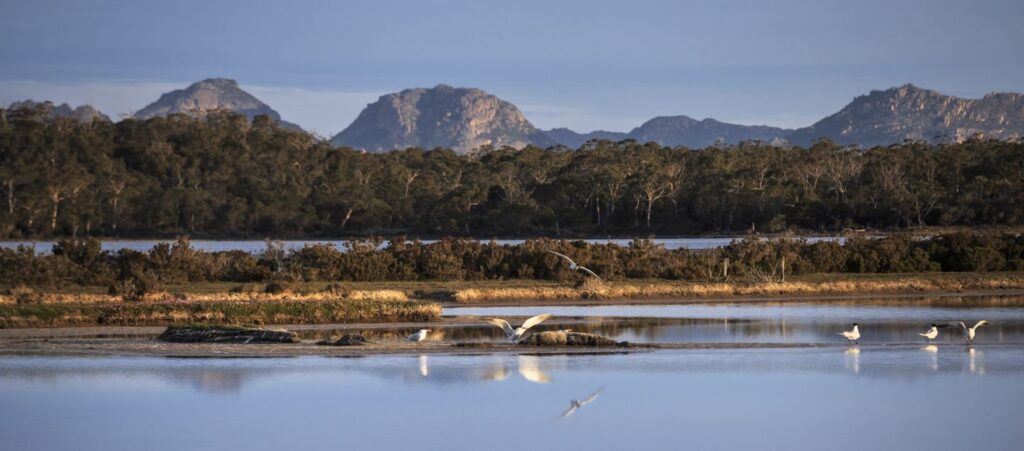
SCIENCE PROGRAM
There has long been the call for more comprehensive, long-term monitoring of our birds if we are to verify population trends and changes across the landscape. Through the Bird Conservation Fund traditional methods are being paired with remote acoustic monitoring in an effort to collect more widespread data from some of our most isolated reserves and for our more cryptic species. With the addition of smart technology such as automated remote acoustic monitoring systems, automated recognition software and by collaborating with others, we can begin to fill these information gaps in a scientifically rigorous and repeatable way.
The Bird Conservation Fund will also facilitate applied scientific research, via an annual $5000 postgraduate scholarship focusing on critical knowledge gaps in bird conservation across Tasmania. By pioneering an innovative, scientifically robust, repeatable and cost-effective monitoring program incorporating applied research, we can help address bird species decline.
We need your help to build greater capacity in our ecological monitoring program. Monitoring is essential and requires finely-tuned eyes and ears on the ground. However, with our reserves scattered across the state, we can’t be everywhere to track such mobile species. TLC has pioneered an innovative, scientifically robust, repeatable and cost-effective monitoring program that will now include acoustic monitoring, made possible by the Bird Conservation Fund.TLC volunteer Marie and Dr Sally Bryant checking an eagle nest at The Big Punchbowl.
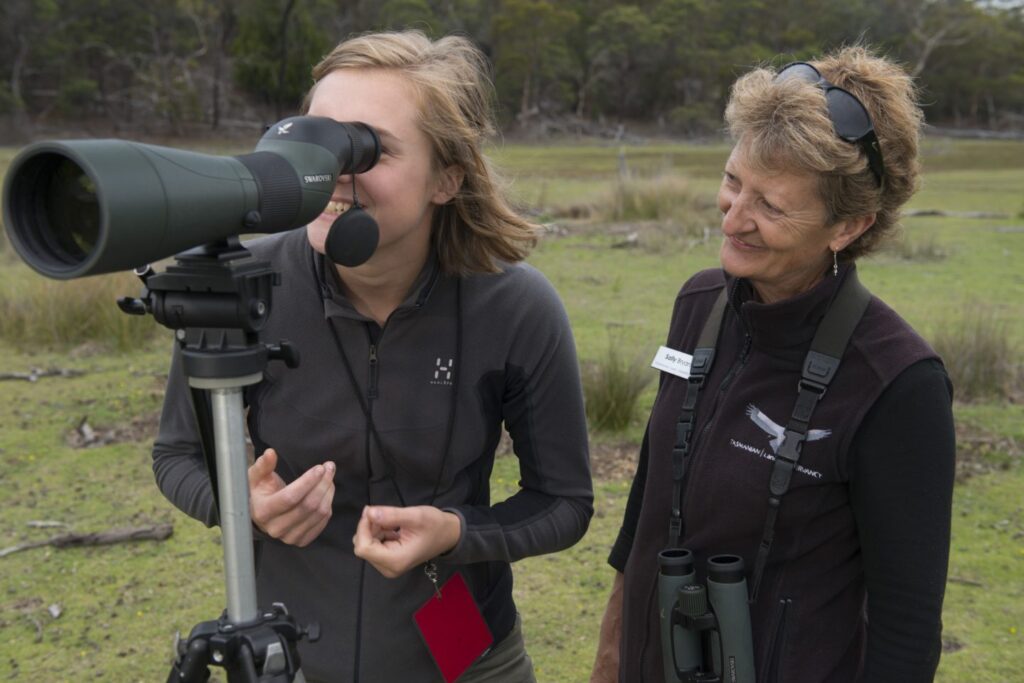
LAND MANAGEMENT
With well-established planning systems, information gathered through our ecological monitoring program and research supported through the Bird Conservation Fund, the TLC is well positioned to adapt and implement targeted land management practices across our reserves. Management including habitat enhancement through nest box installation where hollows have declined, revegetation activities, targeted invasive species control and ecological burning regimes in critical bird habitats.
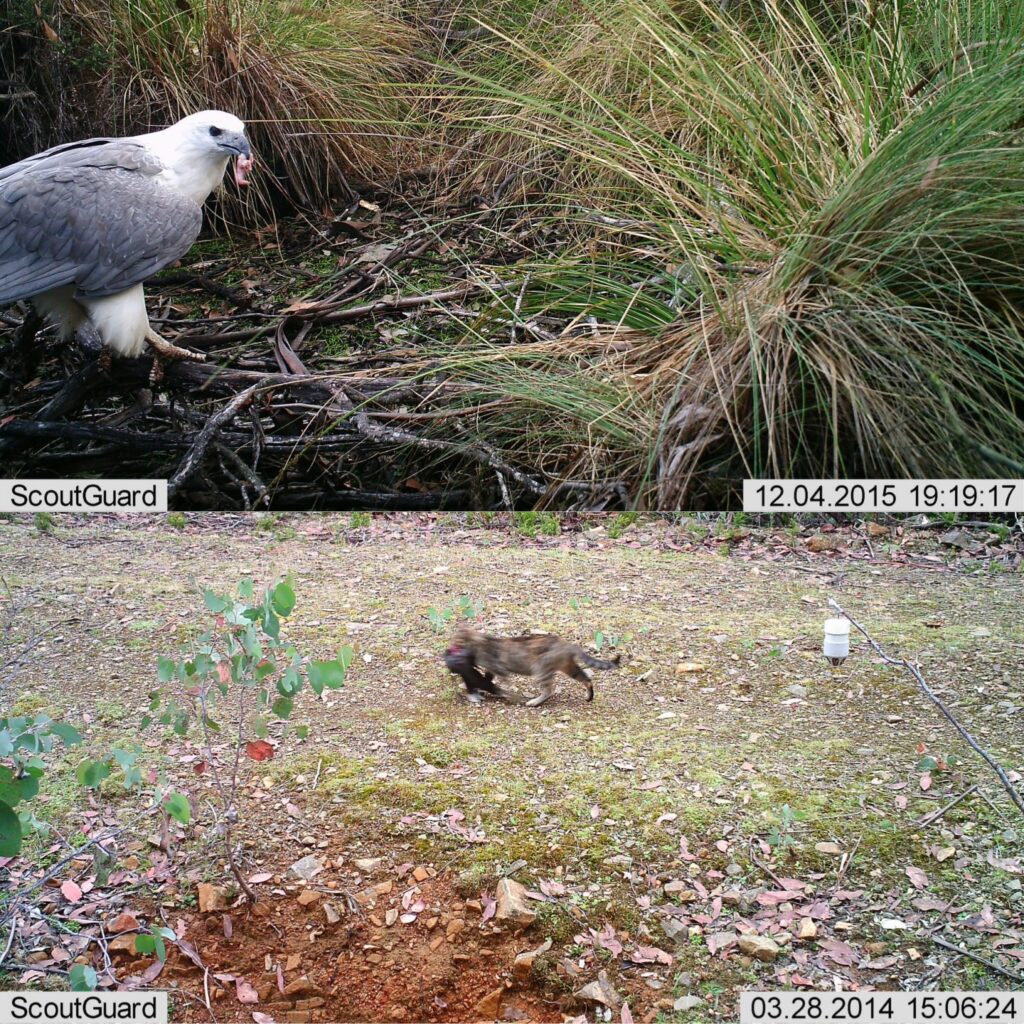
HOW THE FUND WORKS
The TLC Foundation is an endowment fund, established in 2009 to ensure the ongoing maintenance of our reserve lands, in perpetuity. The Bird Conservation Fund, which sits within the TLC Foundation, has now been created specifically for our birds—recognising and addressing their special and unique needs.
The funds generated through the Bird Conservation Fund provide the TLC with a permanent, reliable and vital source of income to support bird focused work long into the future.
Supporting the work of the TLC by donating to the Bird Conservation Fund will provide greater opportunity to safeguard Tasmania’s unique diversity of bird species.
To donate to the Bird Conservation Fund, visit the Foundation Fund donation page and in the ‘TLC Foundation Fund’ pull-down menu on the donation form, select ‘Bird Conservation Fund’.
OTHER CONTRIBUTING FUNDS AND INDIVIDUALS
- Sally Bryant (Bryant Bird Fund)
- Chris and Gina Grubb (Bird Conservation Fund)
- Jo Naylor (Naylor Bird Fund)
- Tim Gearing (George Gearing Bird Fund)
- Tania Stadler (T Stadler Fund)
Banner photograph: Eastern spinebill. Photo: Chris Tzaros


